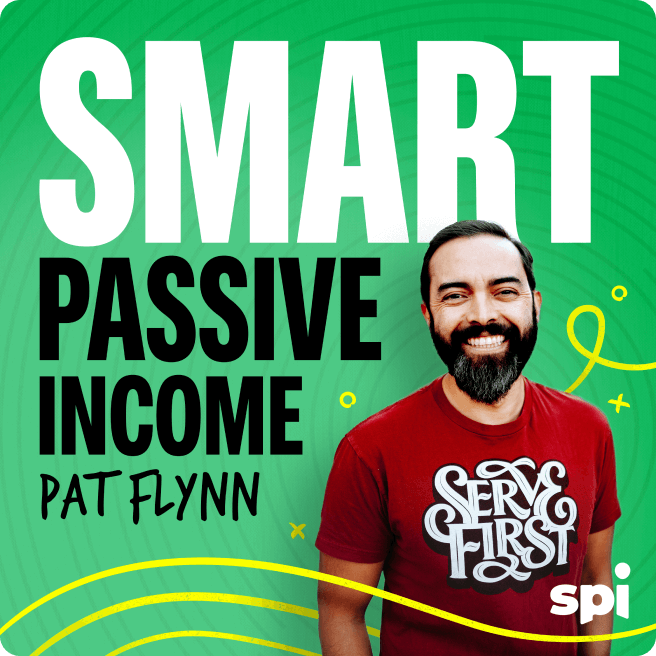Have you tried live video (aka livestreaming) in your business yet? If you haven’t, this episode is for you. And even if you’ve already been using live video in your business (no matter what platform), this episode is also for you!
Wherever you land on that spectrum, I want you to consider using live video more because it’s the best way to engage with an audience. I’ve experienced this firsthand in the past year and a half with my live video show, the Income Stream. It’s been fascinating to see what going live on YouTube every day has done for the brand and for making connections with my audience. Live streaming is such a wonderful tool, whether you’re pre-launching something, pitching something, or simply trying to build a deeper relationship with your audience.
Today I’m super excited because we’re speaking with none other than Luria Petrucci from LiveStreamingPros.com. Luria has personally helped me with setting up my livestreaming stuff, from gear selection to strategies, to how to be engaging on camera. She’s such a wonderful person, and I can’t wait for you to hear from her, learn from her, and hopefully be inspired to do more live videos. We’ll be digging into how to use live video to engage with your audience, how and where to go live, and much more.
Today’s Guest
Luria Petrucci
Luria is a live video strategist, helping you create professional, live video that’s YOUniquely you! Over 14 years, Luria has created over five thousand videos with over one billion views using video and livestreaming shows. She’s appeared on CNN, NBC, FOX, NBC, MSNBC, ABC, and BBC. She’s worked on live video for top brands like AT&T, Samsung, GoDaddy, and Panasonic. Live Streaming Pros has built live video studios for top influencers like Amy Porterfield, Pat Flynn, Ryan Levesque, Donald Miller, and Michael Hyatt.
You’ll Learn
- How livestreaming can help you connect with your audience and develop superfans
- What the “live adrenaline monster” is, and how you can tame it
- Why it’s okay—and even helpful—to start out with just a few fans tuning in
- How to decide which platform(s) to stream to—Facebook, YouTube, Twitch, etc.
- Why you need to be thinking about your replay, because it’s powerful!
- One of the biggest mindset blocks people encounter when creating their livestream content
- Why habits are key if you want to be successful with live video
Resources
- Luria’s Live Streaming Checklist
- Live Streaming Pros on YouTube
- The Income Stream (Pat’s daily live YouTube stream)





